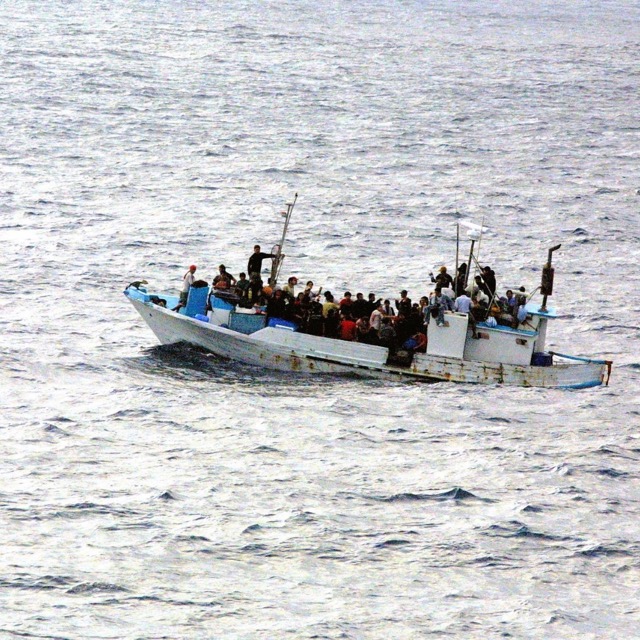In 2020, we reported on the state of peace in the world as part of exploring the impacts of climate change on the planet. Our main reference was one of the Institute for Economics and Peace (IEP) 2019 reports. At that time, their research showed a steady deterioration in the global peace index (GPI) compared to 2008 levels. From the Institute 2022 reports we see that the state of peace in the world has not improved and that climate change continues to be a major threat to global peace and stability, with extreme weather events, and rising sea levels indirectly driving this decrease in peacefulness.
As the ecological crises worsen – we learn from another report by the United Nations High Commissioner for Refugees (UNHCR) – the risk of conflict and violence also increases; with refugees and internally displaced individuals living in climate hotspots and lacking the resources to tackle this crisis. The report underscores the need for greater global cooperation and policies to mitigate these effects and improve the resiliency of people living in the frontlines of the climate emergency.
The largest regional decline in peace was observed in Ukraine and Eurasia, due to the Russian/Ukraine war. According to the IEP report, this war has led to the greatest deterioration of peace indicators since the inception of GPI in 2008.
Despite these troubling figures, there may be some hope. According to the IEP report, 90 countries improved their overall levels of peacefulness, while 71 countries had deterioration, with 2 countries maintaining their same level. Terrorism impact on peace is at its lowest levels since 2008, with declines in nuclear and heavy weapons, military expenditure, and incarceration rates across the globe. Countries are spending less on their militaries overall, developing less nuclear weapons and less people are in jail. This is undermined, however, by more war and conflict, more people unsure where their next meal is coming from, and increased food costs.

